|
Are you confused by diamond cut grades? How is a diamond graded for it's cut quality? What is an ideal cut diamond? Do you need some simple, clear, diamond buying advice? Look no further. We are Little Bird - Diamond & Engagement Ring Consulting. It is our job to explain the basics of diamond grading in a way that makes sense to a non-gemologist. Cut is one of the 4 C's of diamond grading, along with Clarity, Carat size, and Color. Cut evaluation is by no means everything you need to know about a diamond, but it will help you understand why some diamonds have more fire and brilliance than others. Here is a great article from GIA on how they grade a diamond's cut. (GIA stand for The Gemological Institute of America.) 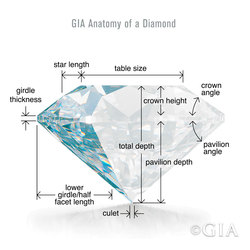 GIA is the largest gem grading laboratory, operating facilities all over the world. They are certainly not the only lab, but their grading system is considered the standard in the in industry. In addition to grading diamonds, GIA also has an educational facility. Us Little Birds are very familiar with GIA's grading system. If you need help understanding a GIA diamond certificate or even help buying an uncertified diamond please get in touch, or leave us a question in the comments section. This is a lot of information to take in, and you are not expected to understand all the details immediately.
2 Comments
The terms "cut" and "shape" are sometimes used interchangeably both among jewelry experts and jewelry shoppers. There is a significant difference, so we thought we would lay things out for you in two quick lessons: 1. There's No "C" in "Shape"Here are some of the most common diamond shapes you will encounter on your search. People often confuse shape with "cut" which is one of the 4 c's of diamond grading. Cut refers to proportions, shape just means... well, shape. Check out these shapes. Want to know more? If you have any questions you are welcome to contact us for help. 2. The 4th C is for "Cut"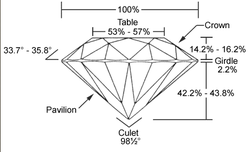 The cut of a diamond refers to the proportions and angles of the facets in a ROUND BRILLIANT. Much like the cut of a suit, it is a major factor in the quality of the diamond. This chart shows the proportions that make the best use of a diamond's refractive index to bounce the maximum amount of light upwards and into the eye. A well cut diamond will appear brighter, more lively and will capture the eye. Do you really need to memorize this chart? No. But you should definitely double check the chart of a diamond that you are buying against this standard. This chart only applies to round brilliants. If you are looking for a cushion cut diamond, radiant cut diamond, emerald cut diamond, princess cut diamond, the gorgeous oval cut diamond, or maybe even an Asscher, marquise or pear cut diamond, or any of the other shapes, things can get complicated. Please drop us a line for a free double check or a quick consultation. with care, The Birds In an extended podcast, Sean from Menprovement and Little Bird discuss engagements, diamonds, strategies, and culture. When should a man propose? Is two month's salary still an appropriate starting point for the ring budget? Should you always get a GIA report with your diamond? Listen to the podcast here. The podcast also comes with a fantastic article on other commonly asked questions, as well as a guide to getting optimal value on a diamond. There's an excerpt from the article below.... You can read the entire article here, Question 8) Are diamonds really that common? 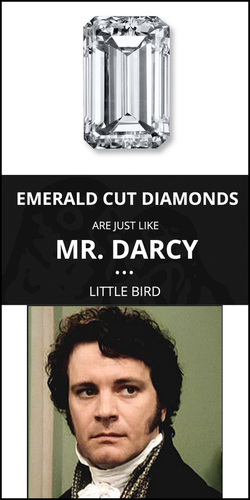 Emerald Cut Diamonds are just like Mr. Darcy Emerald Cut Diamonds are just like Mr. Darcy So let’s just say that you happen to be browsing diamond shapes and cuts. No reason. Just looking. Eventually you come across an emerald cut diamond. Maybe you instantly fall in love with its clear, cool, water-like shine, its self-possessed elegance, its unexpected simplicity. Or maybe you hate it. Emerald cuts are a lot like Mr. Darcy from Jane Austen’s popular book Sense and Sensibility. In the beginning of the story Mr. Darcy seems cold, but the more we get to know him, the more we learn to recognize what a beautiful person he is. No matter what your reaction is, know that emerald cuts are unmatched in their ability to divide opinions amongst experts and non-experts alike. If you think emerald cuts look cold and unexciting, look longer. Us? We are in the adoring-emerald-cuts-forever-camp. Firstly, they have step cut pavilions, meaning that the underside of the stone is faceted in a pattern of horizontal lines. This is different from the “disco-ball” effect that a round brilliant faceting pattern creates, and it makes it much harder to disguise any clarity features within the gem. Peering into an emerald cut is like wearing goggles in a pool - you can see pretty much everything there is to see inclusion-wise. The result is that the most crystal clear rough diamonds are given an emerald cut (usually). Secondly, once you calibrate your eyes to the emerald cut’s magically serene look, you’ll get over the typical sparkle-sparkle you’d see in your everyday brilliant cut diamond. Peer into the depths. Watch the light glide over the smooth facets. Fall down the rabbit hole. Emerald Cut Guidance at a Glance:
XOXO, The Birds a blog about diamond truthiness and off-the-beaten-path diamond options . . . . . . . . . . . . . . . . . . . . . . . . . . . . . . . . . . . . . . . . . . . . . . . . . . .
Now for some answers about conflict free diamonds... What is a “conflict diamond”? What is a “blood diamond?” I don’t want one of those... A “blood diamond" is a more dramatic term for a "conflict diamond." Sometimes consumers need a more graphic mental image to help them realize their buying choices have direct impact on the lives of people in other countries. Oh. Ok. So then what is a “conflict free diamond”? In 2002 the Kimberley Process defined “conflict free diamonds” as: "diamonds that have not funded official war against recognized governments." However, the bar for this definition is set lower than you might think. “Conflict Free” only means that the sale of that diamond didn’t go to fund official conflict, not that the diamond avoided all human rights abuses or environmental destruction. So what is the Kimberley Process exactly? The Kimberley Process is a coordinated international system of verification and certification that seeks to exclude from the global supply chain all diamonds from unofficial channels that could have been used to fund an official war against a recognized government. This UN resolution was helpful in cleaning up the diamond trade in the early 2000’s, but nowadays there are many unofficial conflicts taking place around the diamond trade, and the KP doesn’t watchdog over unofficial conflict (like human rights abuses). The Kimberley Process is outdated and is no longer very useful, but terms like “conflict free” still sound legitimate. Unfortunately, the majority of diamond jewelry consumers simply do not understand the nuances of this definition, and most major wedding industry giants and deep-pocketed national jewelry chains don’t spend time doing research, investigating, or engaging in a meaningful conversation with the public. When major publications and retailers don’t get the facts straight they end up perpetuating some dangerous myths about the true definition of “conflict free”. 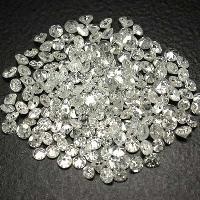 Who sells “conflict free diamonds”? It is incredibly easy to buy a “conflict free diamond”. All diamonds sold legally in the US are officially labeled as “conflict free”. The diamond pipeline to the US ensures that all diamonds are deemed “conflict free” so jewelers don’t have the option to sell you anything other than “conflict free diamonds”. Unless they are going to the effort of bypassing their regular suppliers and seeking out blood diamonds from an international arms dealer, you can be pretty sure that they are selling standard-issue “conflict free diamonds”. That’s great, except for the point that the label “conflict free” might not meet your ethical standards. What can I do to make sure I get an ethical diamond? You want to find a jeweler who inspires you to ask questions and is willing to get you answers. Canadian diamonds are a great option if you’re feeling particular about origins. Mining companies operating in Canada are working closely with scientists and the government to limit environmental destruction. There are also progressive programs taking stronger root in parts of Africa, Russia and Australia. There are some companies who have made it their mission to only sell ethical origin diamonds so that you don’t have to get your masters in global politics in order to buy a damn ring. Ultimately it’s up to you to ask the relevant questions of any jeweler you choose to work with. If pressed, they can source a verified ethical origin stone. It’s possible. It just takes effort. Can naturally mined diamonds be “sustainable”? No. It takes millions to billions of years to grow a diamond within the earth. Surprisingly, there are quite a lot of diamonds down in those volcanic pipes, but most are out of our reach, even with the modern equipment and invasive mining processes we use. Diamond pipes are less likely to run out of diamonds than they are to get to a certain depth beyond which it costs more to continue to dig than the diamonds are worth. It is at that point that a company will shut down the mine and move to a new location. Diamond mining companies are always looking for new areas where diamonds can be easily and economically mined. In short, by definition, mining is never “sustainable”. Some enterprises are better at managing the destruction than others. Look for diamond companies that are at the very least paying attention to their environmental practices and aiming higher than the status quo. Are lab created diamonds more environmentally friendly than naturally mined diamonds? Lab created diamonds can be more environmentally friendly than mined diamonds if the power source is dealt with responsibly. It takes a lot of electricity to grow a diamond, so solar powered diamond labs are the place to look. Otherwise, the power is coming from a hydro-electric dam, coal, or nuclear power. How about recycled diamonds? Re-using an existing diamond is, by definition, eco-friendly. The 3 D’s (divorce, death or debt) usually come into the picture in order to cause the unsetting of a diamond from its original piece of jewelry. If you are interested in this option ask for a “post consumer diamond" or consider an antique engagement ring. In conclusion, If you’re a shopper: where there’s a will, there’s a way. We are here to help you navigate this process. Because of our unaffiliated status, we are in a unique position to offer you our unbiased opinion and to help you define your values. We work with many designers and diamond retailers who make it their business to work with ethically sourced gems. We can help you research your concerns and get in touch with retailers who focus on the specific type of ethical product you’re after. Almost all jewelers have access to a higher standard of socially and environmentally conscious choices. You just have to ask! Asking “is this diamond conflict free?” isn’t enough. Keep going and ask questions like “will you source a diamond from a specific origin for me?” If you’re a jeweler and/diamond retailer: brush up on your diamond knowledge. Consumers are passionate, thoughtful, and increasingly willing to make their principles their top priority when choosing between options. Get ready to answer increasingly nuanced and complex questions about your industry as a whole. Retailers with meaningful answers, information, and access to the kind of material that shoppers insist upon will have a strong advantage over retailers that don’t bother. Sincerely, Squeaky Wheels, Danielle Mainas
The GoodWaste Not Fair Princess… Princess cuts are a good use of rough crystal. You don’t lose as much diamond when you cut this shape. So that’s good. They also tend to be a little less expensive than round diamonds of the same carat weight (although they will look a bit smaller than a round diamond of the same carat weight). AND there are a lot of them out there, so you’re bound to have enough inventory to sort through. It’s a fairly easy task to find a great princess cut diamond option within a specific budget range, with fairly strict color and clarity allowances. The BadOn the Next Episode of Basketball Wives… Princess cuts can suffer from the nouveau riche syndrome. Yikes, we said it. Developed in the 60’s and 70's and then made popular in the 80’s and 90’s, humankind just hasn’t had enough time to create princess cut rings that are truly timeless. You won’t see a princess cut in an actual antique ring. A big ole princess cut diamond set in a high profile setting with v-tip prongs is basically a small weapon. Those corners are sharp and they will catch on your cashmere sweater, your hair and your boyfriend’s fly (I mean your jean pocket). If you get it caught well enough, you’re going to risk damaging your setting. Also because of those sharp points, princess cuts are one of the more fragile diamond shapes. Yes, you can crack or chip a diamond with regular wear and princess cuts are one of the more susceptible cuts to this type of damage (hint: a good alternative is a square radiant cut). The Ugly!or “How the Good Designer Rescued the Princess” Let’s be real. Princess cut diamonds are diamonds. They are not ugly! However, the shape tends to dominate the design in a way that presents challenges for designers. Jewelers don’t always LOVE to use princess cut diamonds in their classic form. However, designers and artists pushing the envelope will use smaller princess cut diamonds as accents, sometimes orienting them in the 45 degree configuration. Every once in a while you get a real clever punk rocker type who will set a princess on her belly, pyramid style. Thank you, Digby & Iona #flippingtables. Consider getting a little freaky with princess cuts, and no matter what: set them low and cover those sharp edges with soft, round prongs or bezels ala Anna Sheffield or Polly Wales. In case you’re stuck, we made a whole gallery of great princess diamond ring designs for you to review. The TakeAwayIf you’re shopping for a princess cut diamond engagement ring:
It can be awesome to pick a popular shape like a princess, but some straight talk: Little Bird recommends that you define your visual preferences before cruising the Pinterest highway of princess cut diamond engagement rings. Be careful with styling. Work with a talented jeweler who is going to make a ring for your specific princess cut diamond. This will ensure a wise design from a durability and from a fashion standpoint. When in doubt, let’s talk. #Don'tBeASquare If you’re a jewelry designer: It’s true there’s no accounting for taste, but it’s up to you to determine the options the shoppers get to choose from. Our experience with the folks that walk in our door is that they are frequently guessing what will be a “good” ring. They don’t always know enough about engagement ring design in order to recognize durability or style pitfalls. We can advise the ones that come to us, for the rest, expect that they will need some help. Let’s give them nothing but good options to choose from. That means: avoid v-tip prongs, set those stones low low low, and don’t make rings that look like postage stamps. It’s ok to tell your clients what is best from a design standpoint. It’s ok to have an opinion. You’re the designer! WARMEST, The Little Birds P.S. You can also head on over to the Little Bird TOOL BOX where you can peruse libraries of images curated by Little Bird engagement ring consultants in order to help bolster your visual vocabulary.
Hey, that’s our favorite. To celebrate the transition into freshness and spring we have selected a stunning palette of colored diamonds for you to browse. Colors range from the rainy grays of April showers to the soft greens of new shoots and dewy buds. The word diamond comes from the Greek word adámas meaning "unbreakable.” FYI the colors in diamonds appear because of trace minerals that become trapped in between the layers of carbon as the diamond crystals are forming deep within the earth. Some diamonds are 3.3 billion years old, making them the OLDEST THINGS ON THE PLANET. Older than the continents.
|
Archives
March 2021
Categories
All
|
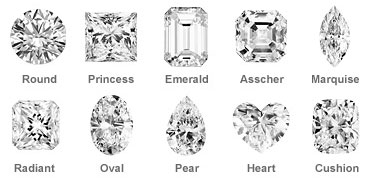
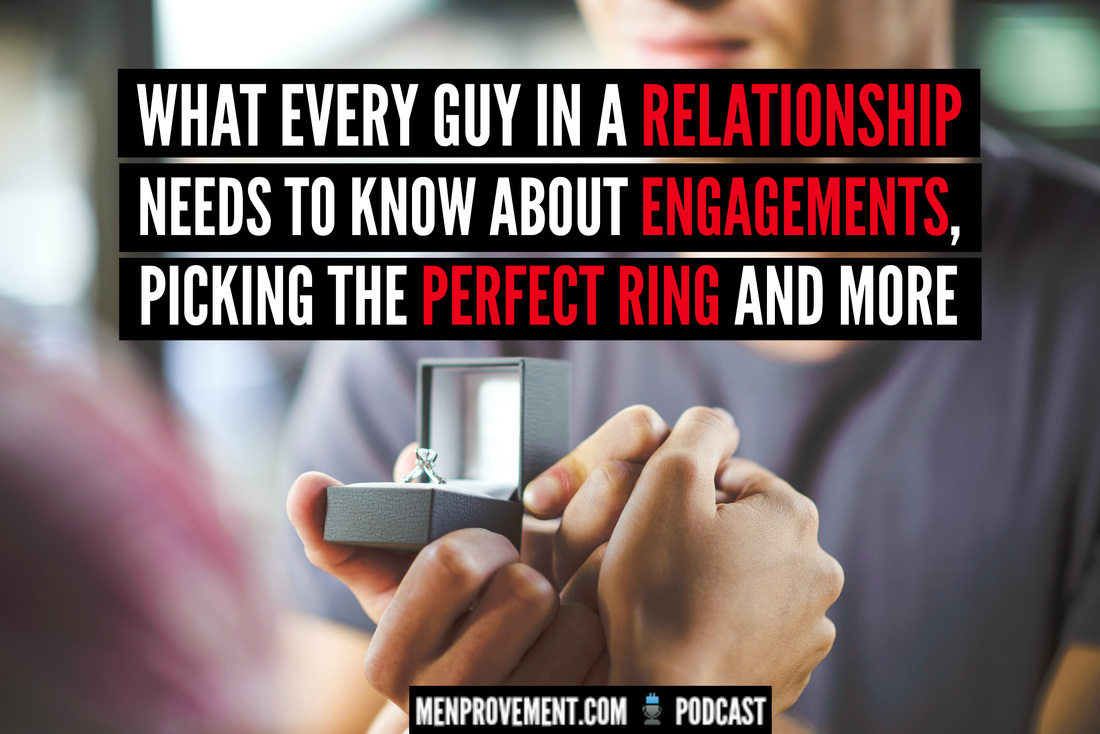
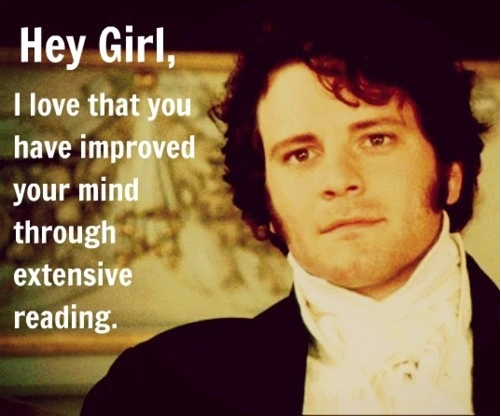

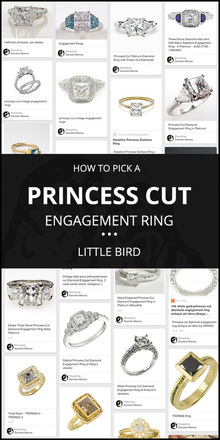

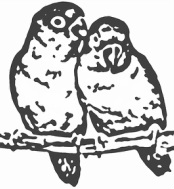
 RSS Feed
RSS Feed
